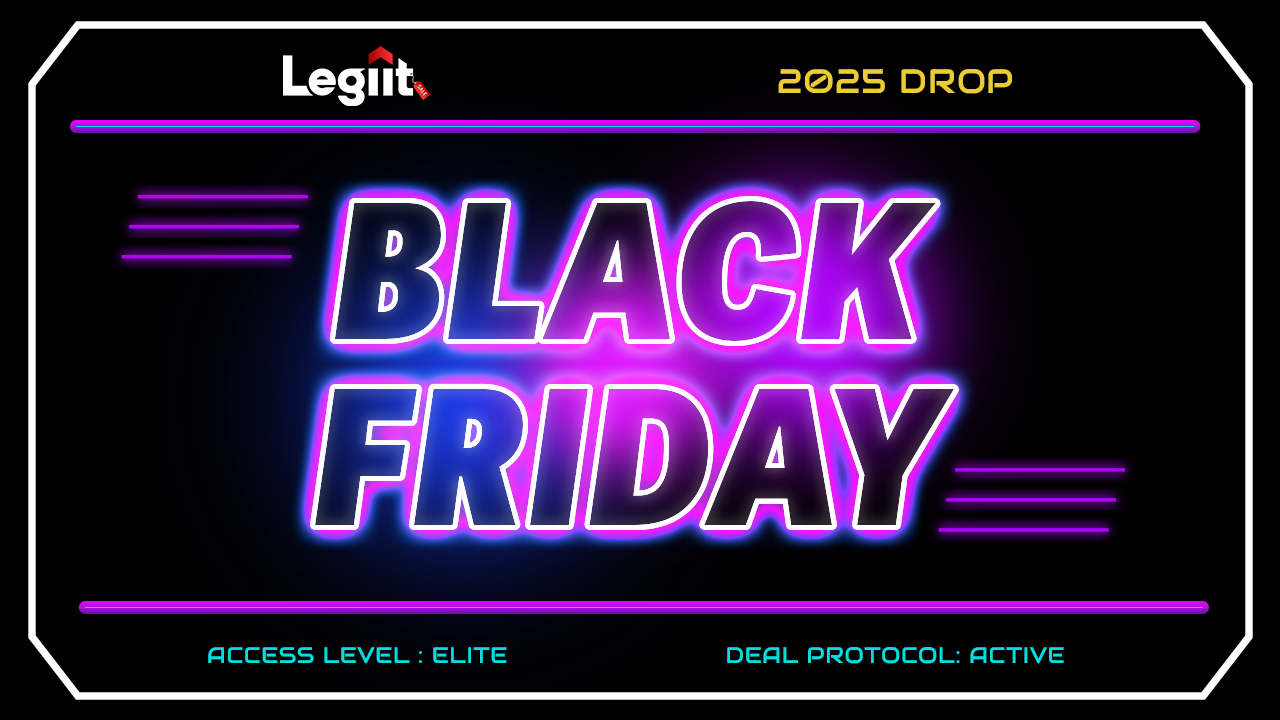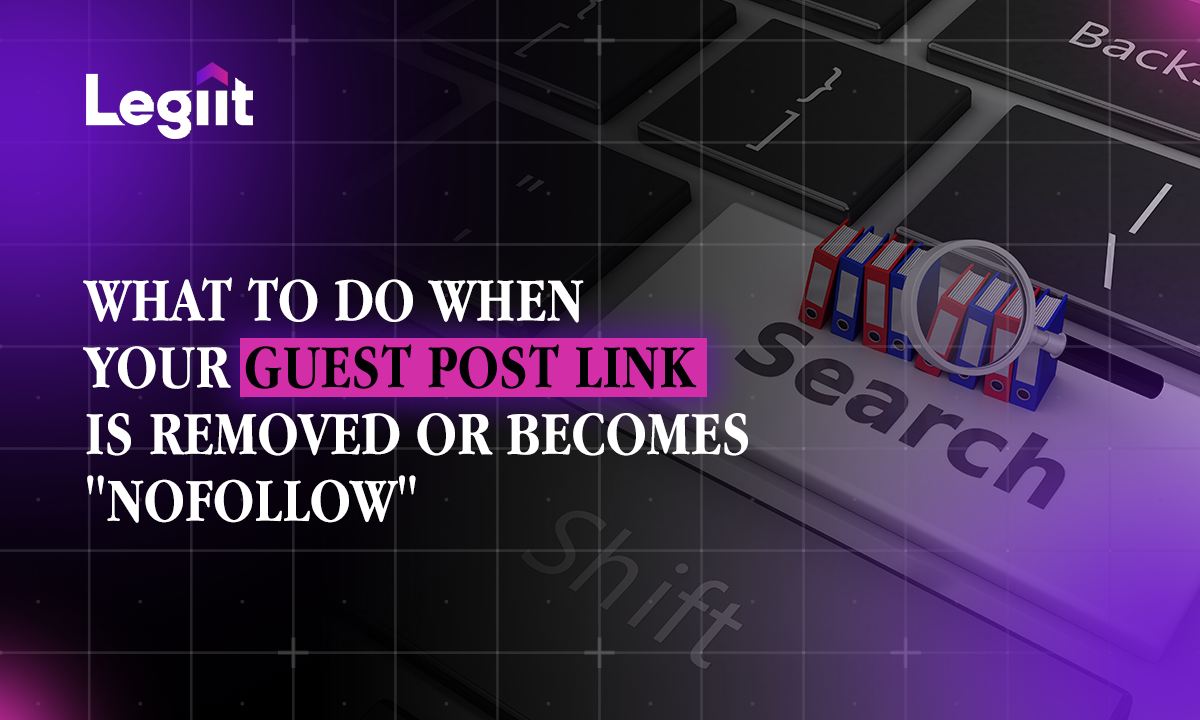We’ll give it to you straight.
The last article we did about FollowFlow: Maximizing SEO Potential with Do-Follow Links, sparked a lot of debate and interest from some of you.
…and the debate was based on the following questions:
- Do SEO no-follow links have the same impact as their do-follow backlinks counterparts?
- If Yes, can we all go ahead and start building them?
- If No, can we ignore them then, and focus on the rest?
To settle the matter, we wrote a comprehensive article about SEO link nofollow and their impact on SEO.
That’s what you’re about to read. Let’s do this.
What is a no follow backlink?
Just like the name suggests, a nofollow link definition is a hyperlink with a rel="nofollow" attribute in its HTML code. This attribute tells search engines not to follow the link and not to pass any link equity or PageRank to the linked website.
In other words, nofollow links do not contribute to the search engine ranking of the linked website. This attribute was introduced by Google in 2005 to combat spammy comments on blogs and other user-generated content that were exploited by SEOs to gain PageRank—without sweating it.
You see, this link building strategy was easy, you just needed to make a blog comment on an authoritative site, and BOOM you’ve got a link to your site that automatically transfers some PageRank and traffic to your site.
But that didn’t sit well with Google because it gave various sites an unfair advantage on the SERP ranking—those that didn’t deserve to rank were ranking and vice versa—hence the development of the no follow attribute.
Let’s look at examples in the next section.
What is an example of a no follow link?

As we explained in the section above, no follow links have no follow tags, making them not crawlable by search engines.
These nofollow links can be created manually or automatically by adding the rel="nofollow" attribute to the HTML code of the hyperlink.
To check if your link or any other on the internet is nofollow, you can right-click the link and select “Inspect element” or “View page source” from the context menu. If the HTML code of the link contains rel="nofollow", then it is a nofollow link.
Here is an example of how such a link looks in HTML:

In this example, the rel="nofollow" attribute tells search engines not to follow the link to https://example.com. However, the link still works like any other—if someone clicks on it, they are still taken to your website.
It is important to note that nofollow links can still drive traffic to the linked website but do not pass any link equity or PageRank—more on this later. Let’s now take a look at some of the examples and types of no follow links.
Here are some of the sources where you can expect no-follow backlinks.
- Blog comments
- Social media (for example, links in Facebook posts or YouTube video descriptions)
- Links in forum posts or other forms of user generated content
- Certain blogs and news sites
- Links from “widgets”
- Links in press releases
- Quora
- YouTube
- Wikipedia
- Twitch
- Medium
Are they beneficial or useless? More in the next section.
What are the benefits of a no follow link?
While these kinds of backlinks do not transfer PageRank, there is a consensus among SEOs that they still have some kind of benefits to websites. This is especially true if they are coming from related authoritative sites.
Let’s take a look at some of the benefits these links have:
#1. Increased traffic
Getting a nofollow backlink from an authoritative site can still send some targeted traffic to your site.
For example, if you leave a comment on a popular blog—that is thoughtful and helpful. People will find it, read and click on the link to your site—that’s additional traffic.
This traffic may contain targeted leads who’ll contact you to inquire about your products and services, subscribe to your newsletters, or purchase what you sell, adding up to your marketing objective—revenue.
#2. Nofollow links can = dofollow links
The meaning here is pretty straightforward.
Let’s say you get featured on leading sites like The Washington Post—as a press release. It gets seen by millions of their audience—including bloggers and webmasters, some will click on it and come to your site.
If they find that the content that you’ve published is helpful and informative, some of the bloggers will want to link to you—potentially giving you more dofollow backlinks.
A win, right? Hopefully.
#3. Nofollow links are part of a natural link profile
Let’s be a bit honest here. You have ZERO control over who links to you.
That may sound controversial BUT, you can build all your links and ensure they are all dofollow, but you’re still going to find no follow backlinks in your profile—and Google knows that already.
In other words, we don’t expect your backlink profile to be completely dofollow—that’s unnatural and may risk a Google penalty—because that’s a definite sign of manipulation.
A few nofollow links from legitimate sites and dofollow backlinks are a wonderful way of having a strong backlink profile.
#4. Strengthen Your Social Signals
Although social signals are not a direct ranking factor, they help Google and other search engines determine how active and widespread your site is.
Naturally, that makes sense because the more active you are on social media—in terms of sharing your blog content and so on, the more links you’ll receive on your site.
Every time you post on your social media account and generate shares, this means you build nofollow links that benefit your SEO.
Sounds good.
Having said that, the question then becomes, when can you create or use nofollow backlinks? More in the next section.
When to Use Nofollow
There are many cases where you as a webmaster or blogger can use nofollow links on your site. They include:
- When linking to a page you don’t want to endorse. If you don’t want to be associated with the linked page you can use rel="nofollow" attribute.
- If the link is sponsored or purchased in any way, use rel="sponsored".
- Similarly, for affiliate links pointing to or from your website, use rel="sponsored".
- For links created by users on your website, such as links in comments or forum discussions, use rel="ugc".
Note: Using the Nofollow attribute for the above cases is pretty important because Google does not allow the transfer of PageRank. That’s why you need to make those links nofollow.
Are no follow links bad for SEO?
Generally speaking, nofollow links won’t hurt your site as long as you’re not deceiving or manipulating search engines.
In fact, the #1 ranked web pages on Google have an average of about 20%-40% no-follow links pointing to that page, or 10.6% of all backlinks to the top 110,000 sites are nofollow, according to Ahrefs.
Building nofollow links can be a great way to drive traffic, boost SEO, leverage social signals, and brand awareness, and create a domino effect link-building strategy.
In addition, nofollow links can also be used to prevent comment spam on your site. By adding the rel="nofollow" tag to links in comments, you can discourage spammers from leaving comments on your site in the hopes of getting a backlink.
However, there’s an exception to this kind of link—having lots of nofollow backlinks from low-quality sites is generally spammy and may hurt your SEO.
That’s why regularly auditing your website’s backlink profile can help you identify such links and take action against them.
For example, if you go to the backlink history on your Legiit GMSD dashboard to analyze your backlink history, here is what you’ll get.

From the screenshot above, you realize that it’s easy to fish out backlinks that are nofollow—and if you delve further into the no-follow links, you’ll be able to make an informed decision as to whether the links are beneficial or not.
That’s just a scratch on the surface—you can also use the tool to know where they’re coming from if they’re spammy, and so on.
Are Nofollow Links A Google Ranking Factor? Final Thoughts
If you want to scale your link building strategy effectively, you need to make sure you have a balanced, natural backlink profile—with both dofollow and nofollow backlinks.
However, it’s important to note that while these links do not transfer PageRank, they’re still important in giving signals to Google, if they come from relevant and authoritative sites
Google no longer completely ignores them but they instead use them as a hint for crawling and indexing purposes.
They are also important in that they can still send some traffic to your site, increase your brand awareness, and even offer you a chance to get dofollow backlinks from others’ sites if you click on nofollow backlinks to your site.
However, that doesn’t mean these links are entirely beneficial, sometimes, they can lead to penalties from Google, if they appear to be spammy or manipulative.
So, it's important to focus on auditing your site regularly to analyze your backlink profile and focus on building nofollow backlinks, only when necessary and from sites that have authority.














 Download
Download